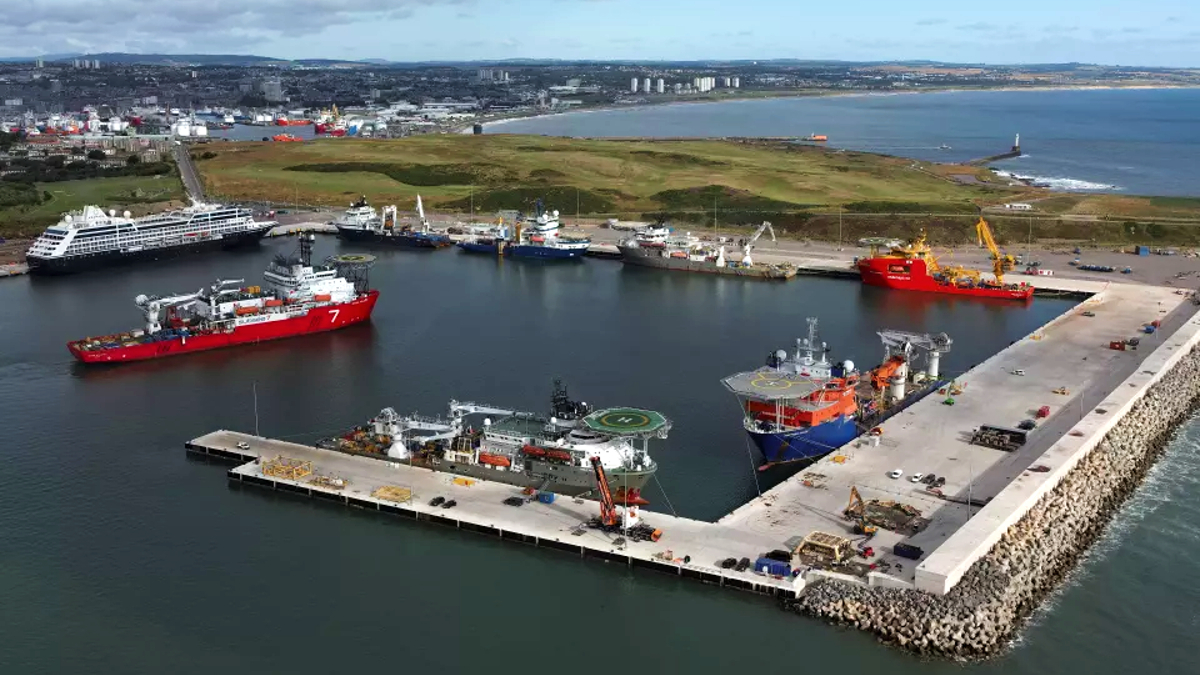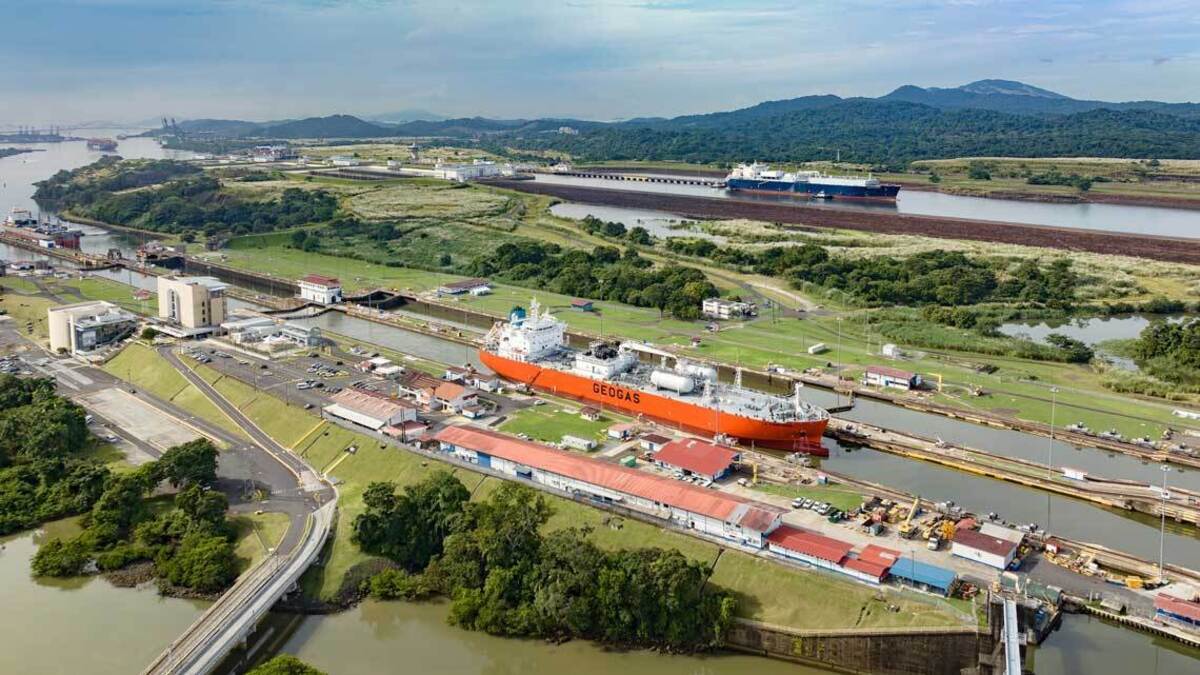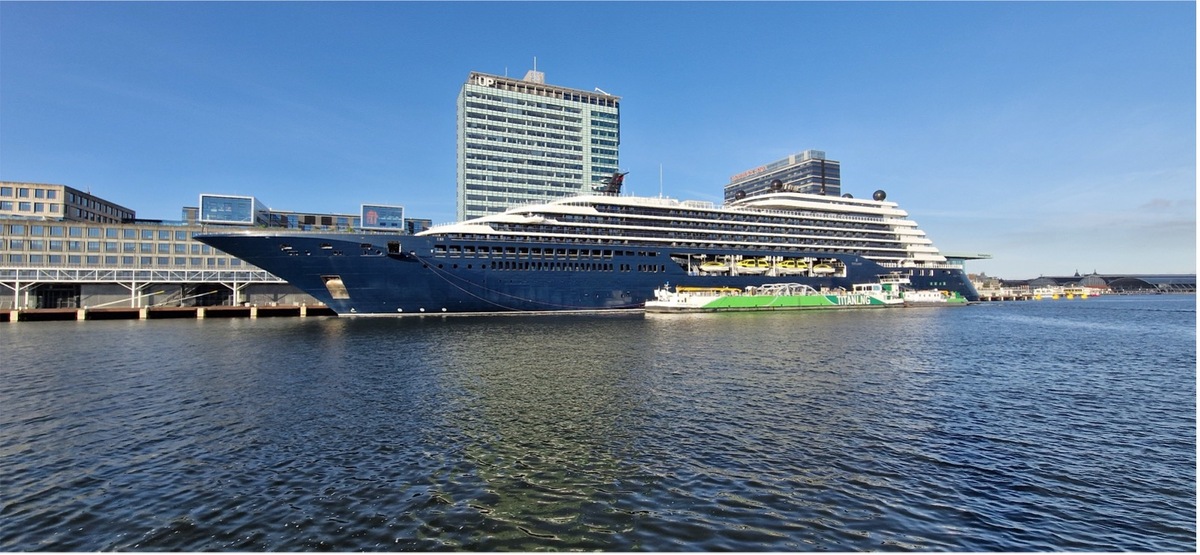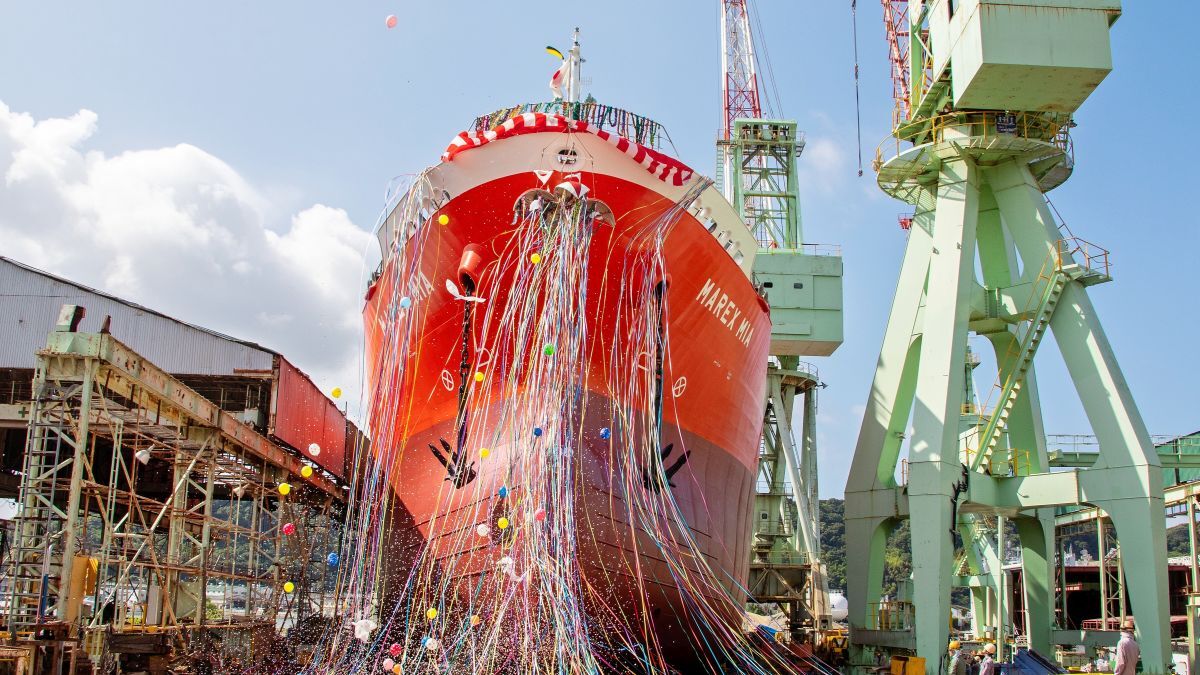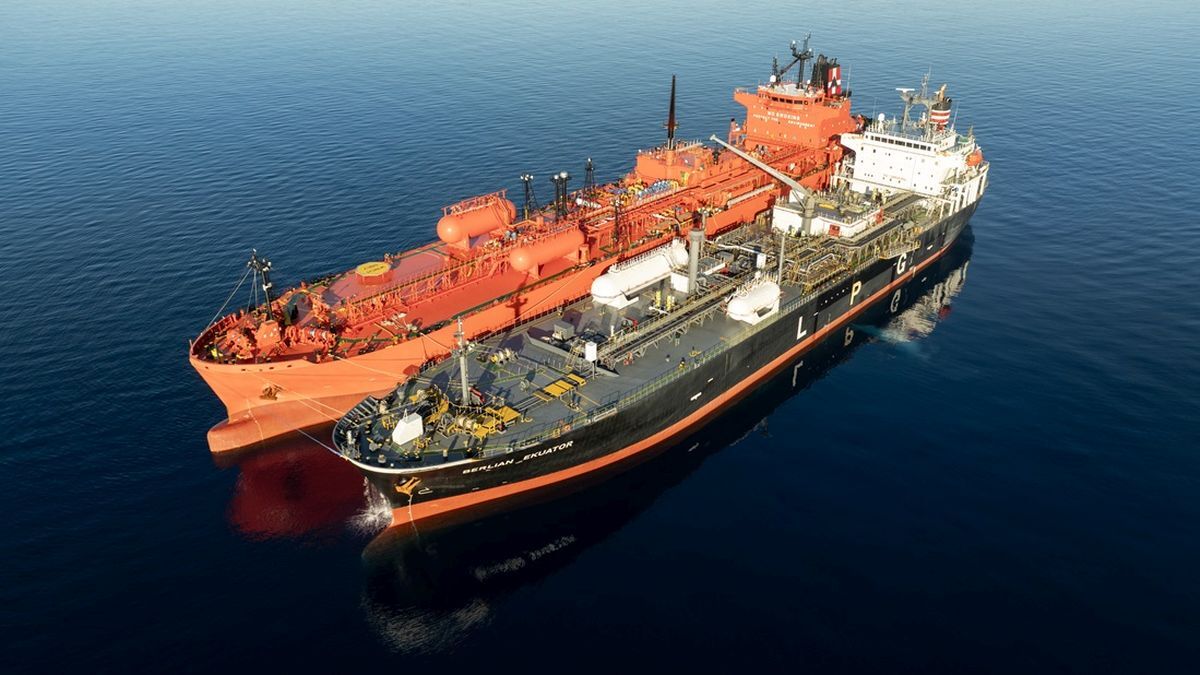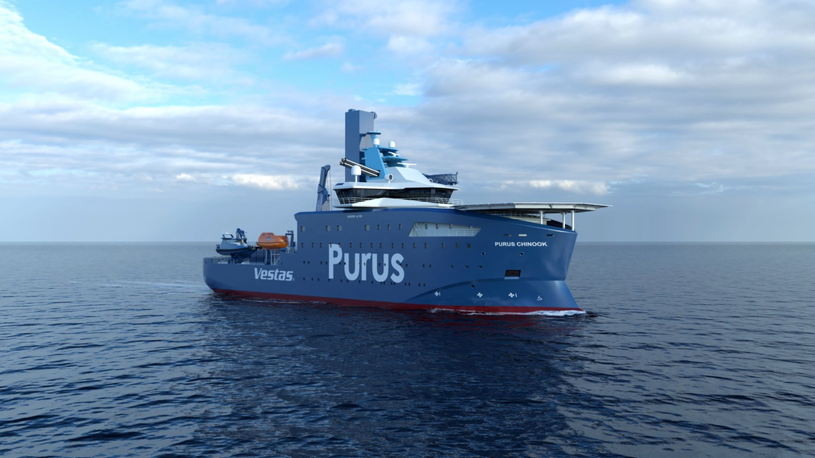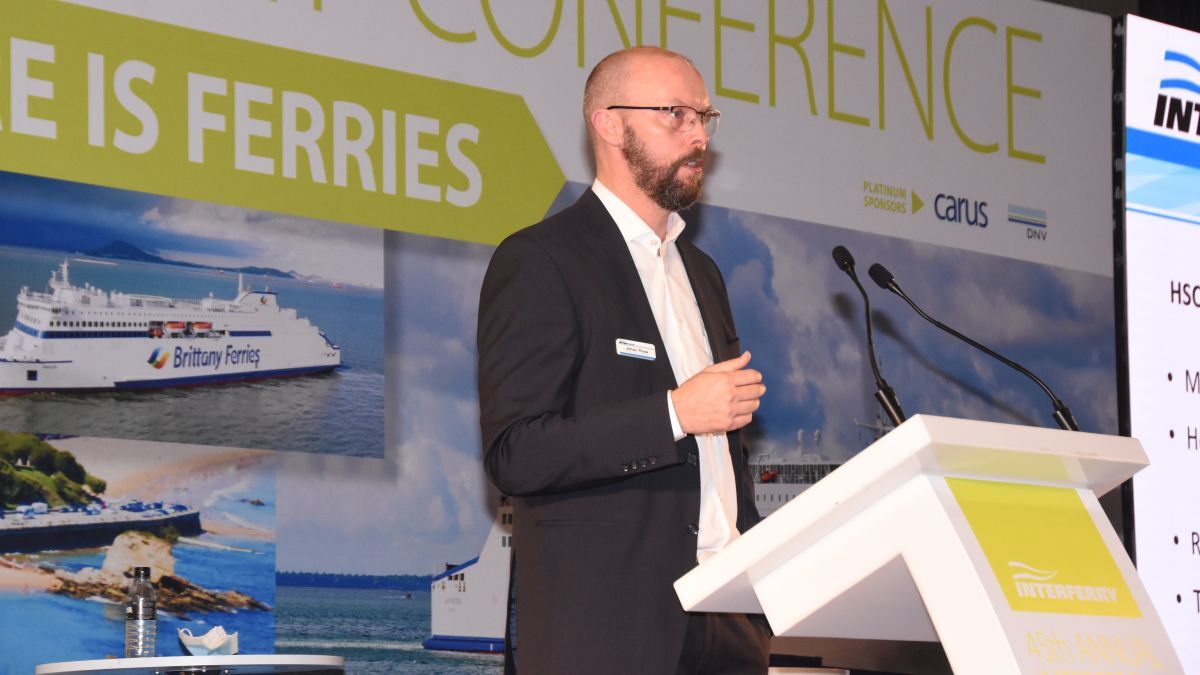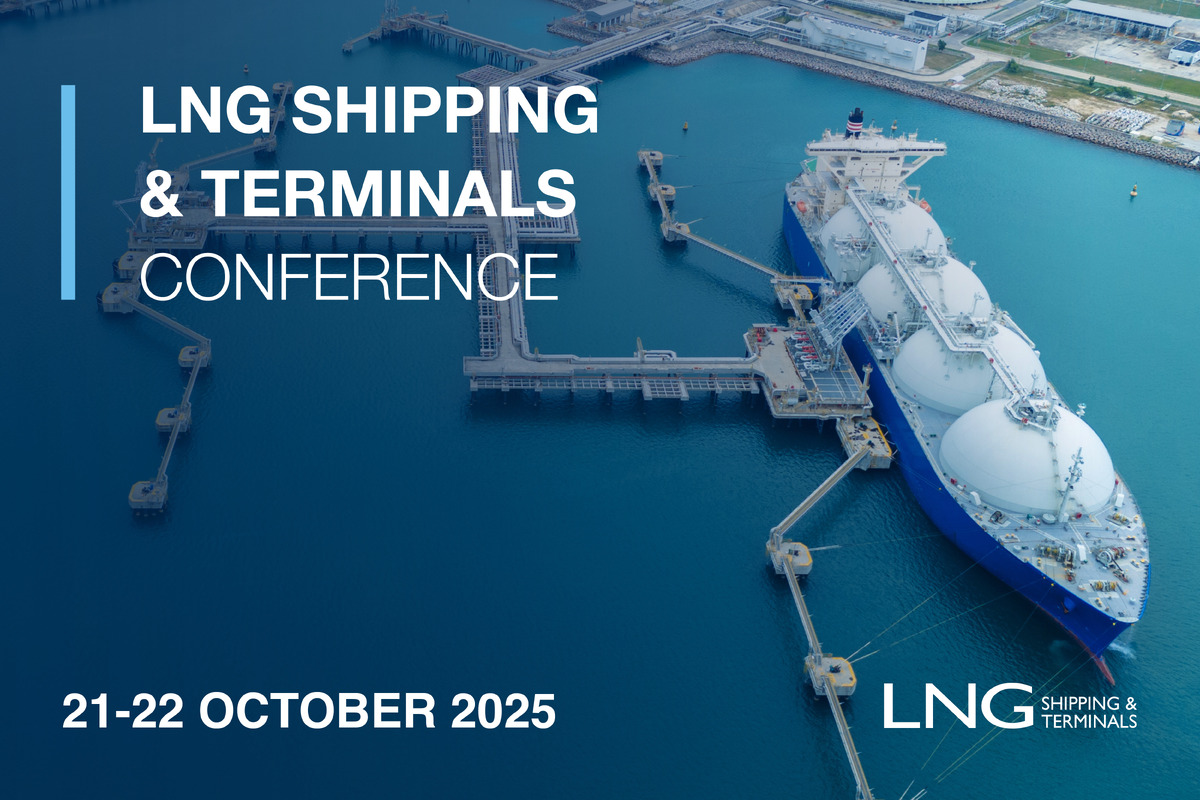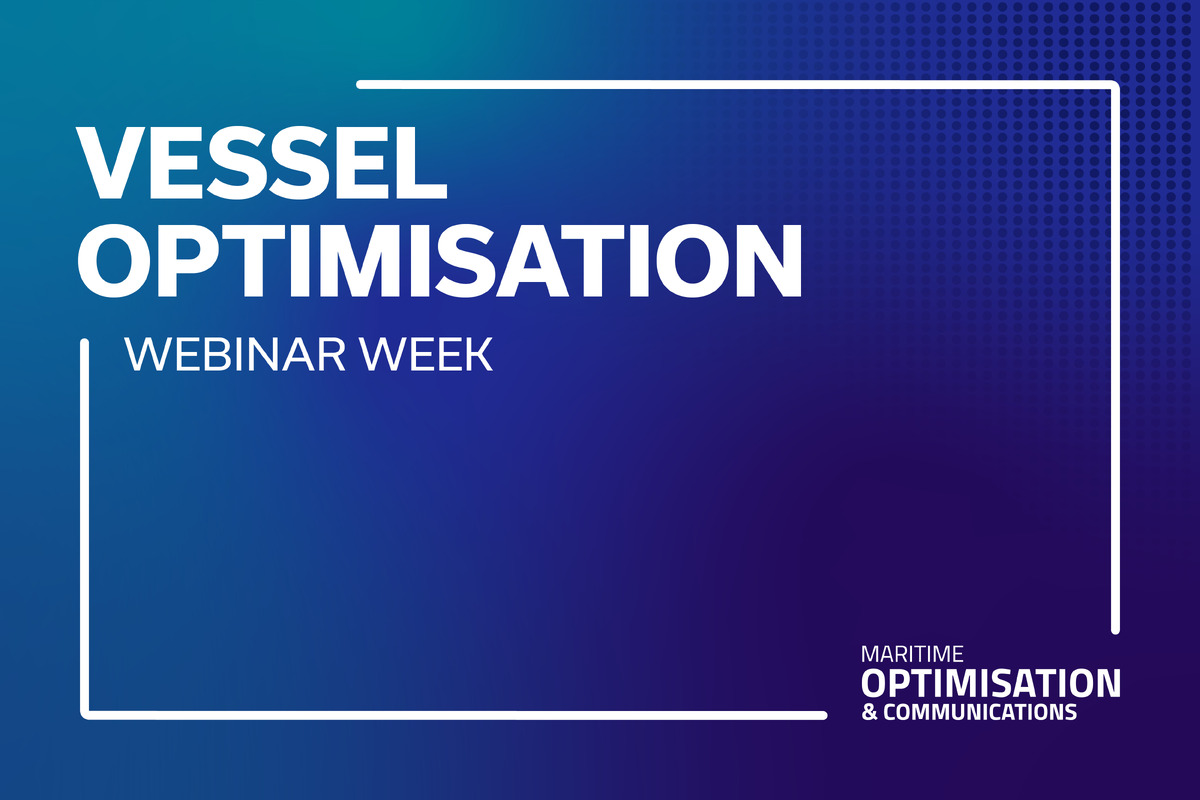Business Sectors
Contents
Register to read more articles.
New MRV and EU ETS regulations target OSVs
Offshore vessel owners need to be prepared to collect data to report their emissions, and for higher compliance costs around new EU emissions reporting and EU ETS regulations
Offshore support vessel (OSV) owners need to prepare for new emissions reporting requirements and increased operational costs in the new year and beyond.
Greenhouse gas (GHG) emissions from OSVs will come under scrutiny in 2025, with the implementation of new EU regulations regarding monitoring, reporting and verification (MRV) and the inclusion of larger offshore vessels in the Emissions Trading System (ETS) in 2027.
The new EU MRV regulations will affect offshore vessels of 400 gross tons (GT) and above and will take effect starting 1 January 2025.
Bunker fuel testing firm VPS said the EU MRV extension ensures that emissions data from offshore vessels are accurately reported and verified, providing a reliable basis for future regulatory measures. And offshore vessels of 5,000 GT and above will be included in the EU ETS starting 1 January 2027, meaning vessel owners will have to buy allowances to cover their CO2 emissions.
As DNV director of offshore classification, Torgeir Sterri, told us earlier this year, these regulations are "not something you can just put under the carpet".
Starting 2025, vessel owners will have to submit a verified emissions report for every vessel in their fleet to the European Commission (EC) by 31 March of each year. The regulation covers emissions from voyages to and from ports made by vessels carrying cargo or passengers operating in the European Economic Area (EEA).
In summarising the new EU regulations, VPS pointed out the major consequences for OSV owners, and possible market outcomes.
Compliance and reporting requirements
Shipowners will need to invest in systems and processes to accurately monitor and report emissions as required by the MRV regulations. While this does not directly imply purchasing emission allowances, it involves ensuring accurate data collection and verification, which may require operational adjustments and investments in monitoring technologies.
Increased costs
“If offshore vessels are included in the ETS from 2027, shipowners will need to purchase emission allowances, which could increase operational costs. However, these costs can be offset by the economic incentives provided by the ETS, such as the ability to sell surplus credits,” said VPS.
Technological advancements
VPS also expects the new regulations will drive innovation. “Shipowners will be encouraged to adopt renewable and low-carbon fuels, such as advanced biofuels, e-fuels, hydrogen, and ammonia. These advancements will not only help in meeting regulatory requirements but also position companies as leaders in sustainable shipping,” said the company in its analysis.
Enhanced competitiveness
VPS, which can provide guidance on alternative fuels and supports MRV data reporting with a specialised Maress MRV Reporting Module, believes vessel owners can enhance their “reputation and competitiveness in the market” by complying with the regulations.
“Customers and stakeholders are increasingly prioritising sustainability,” explained VPS, “and companies that demonstrate a commitment to reducing their environmental impact will likely gain a competitive edge.”
Join the discussion - the Annual Offshore Support Journal Conference, Awards & Exhibition 2025 will be held in London on 4-5 February 2025. OSJ is the world’s largest forum for vessel owners, operators, shipbuilders, charterers and suppliers across the global OSV sector. Use this link to get tickets and join this prestigious event.
Related to this Story
AI, digital twins help design cyber-secure, green SOVs
Events
Offshore Support Journal Conference, Americas 2025
LNG Shipping & Terminals Conference 2025
Vessel Optimisation Webinar Week
© 2024 Riviera Maritime Media Ltd.


